Superlifes » Torne River flies – Kengis Bruk lodge manager Aslak Lund’s tips for chasing Baltic salmon
31-10-2023
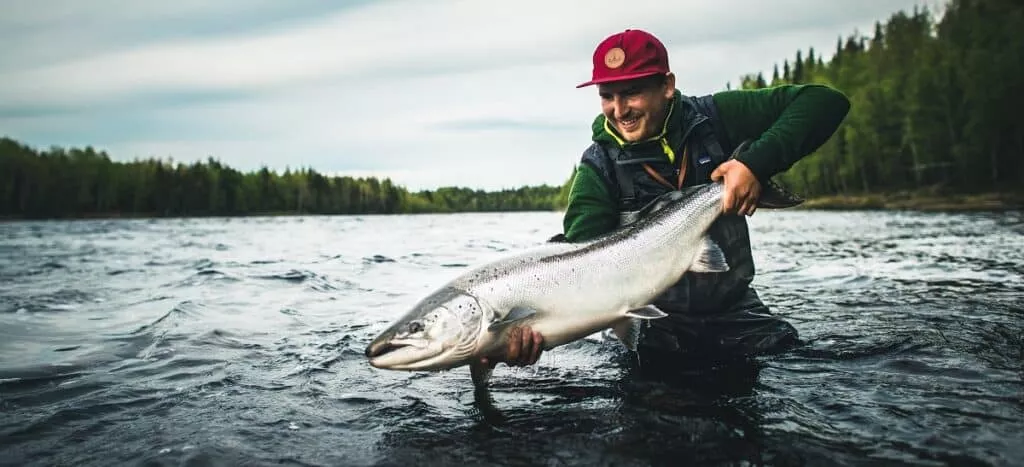
What are the most important Torne river flies and other Baltic salmon patterns for Swedish rivers? I sat down with Kengis Bruk lodge manager Aslak Lund and picked his brain about fly choices for the area. Here are his tips for helping you build an effective fly selection for a week of Baltic Salmon fishing!
Text: Antti Kalske
Pictures: Ted Logardt
Northern Sweden, especially its mighty rivers like Torne, Lainio, Kalix and Byske, form the Baltic salmon capital of the Nordics and are one of the likeliest places on Earth to connect with a 20+ kg specimen. This comes with the added bonus of being a rather affordable option compared to many other salmon fishing destinations. While there is a serious chance for a fish of a lifetime, catching one of these notoriously elusive creatures tends to require countless of hours of hard work. So, when your fly finally swings in front of a Baltic salmon on your 10 000th cast, which fly is it that should bear the responsibility of being tied on your leader? We found just the right man to answer this question and guide us into the world of Torne river flies.
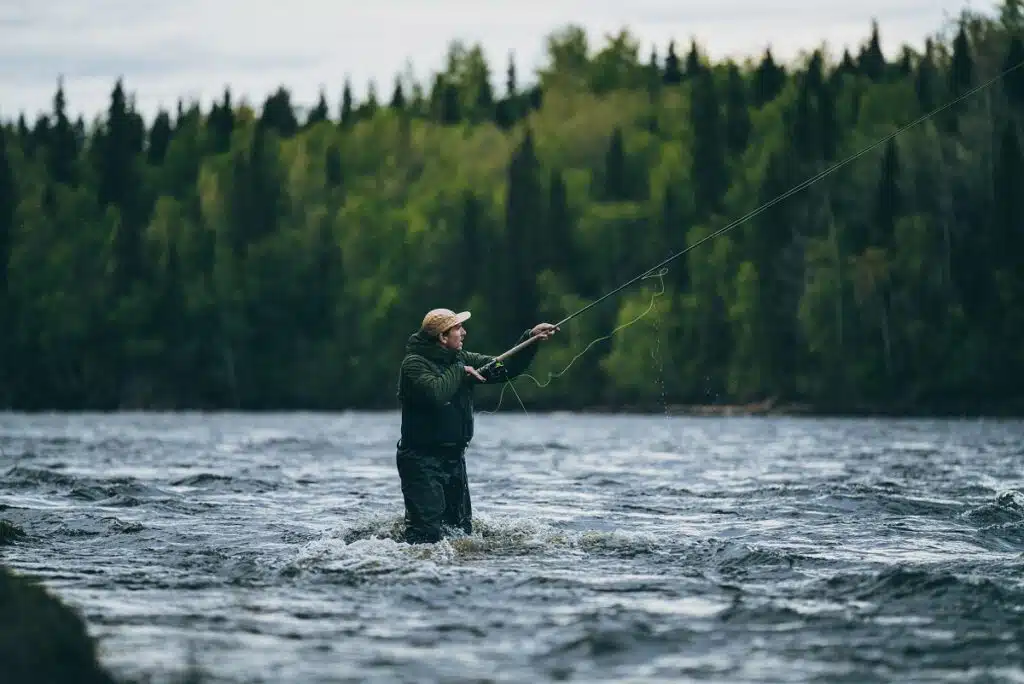
Aslak Lund has been running the famous Kengis Bruk salmon lodge for years and fishing Torne river, along with Lainio and other places in Swedish Lapland for even longer. As a side note, the Kengis Bruk lodge also has a small selection of Superflies fly models for their guests to purchase. Aslak’s experience chasing Torne river Baltic salmon started almost 10 years ago: “I fished Lainio for the first time in 2015, and in 2017 Lars Munk invited me to Kengis as an intern. Lars introduced me to the secrets of Baltic salmon fishing, advising ‘this is how I do it, now go ahead and find your own way‘. This encouragement has been a good advice for me, because I have found out that there is no one single way to successfully fish for Baltic salmon. The most important thing is to keep your fly in the water and believe in it.”
But what Torne river flies does Aslak himself believe in? And what if you are a first-timer and don’t yet have previous experiences to boost confidence?

“To be completely honest, 98% of the time I use only 5 different fly patterns:


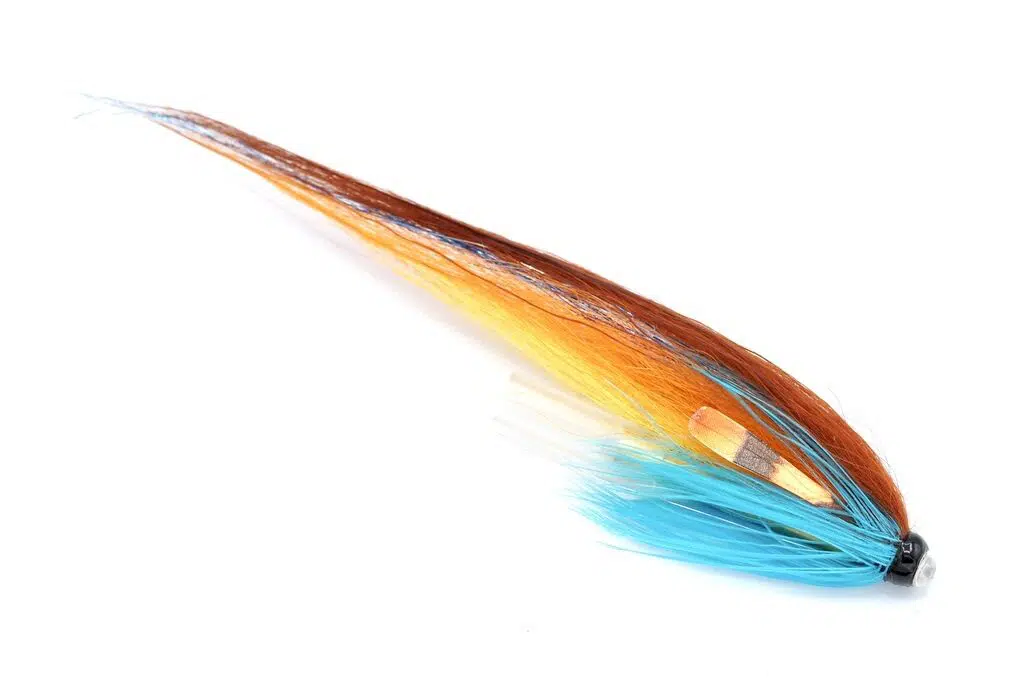
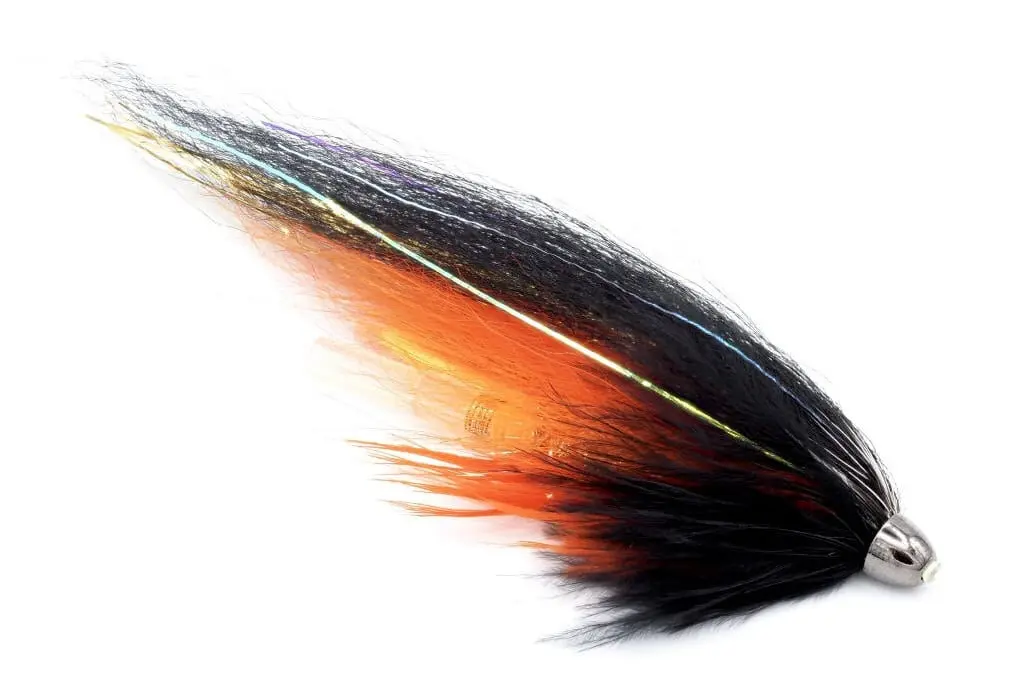
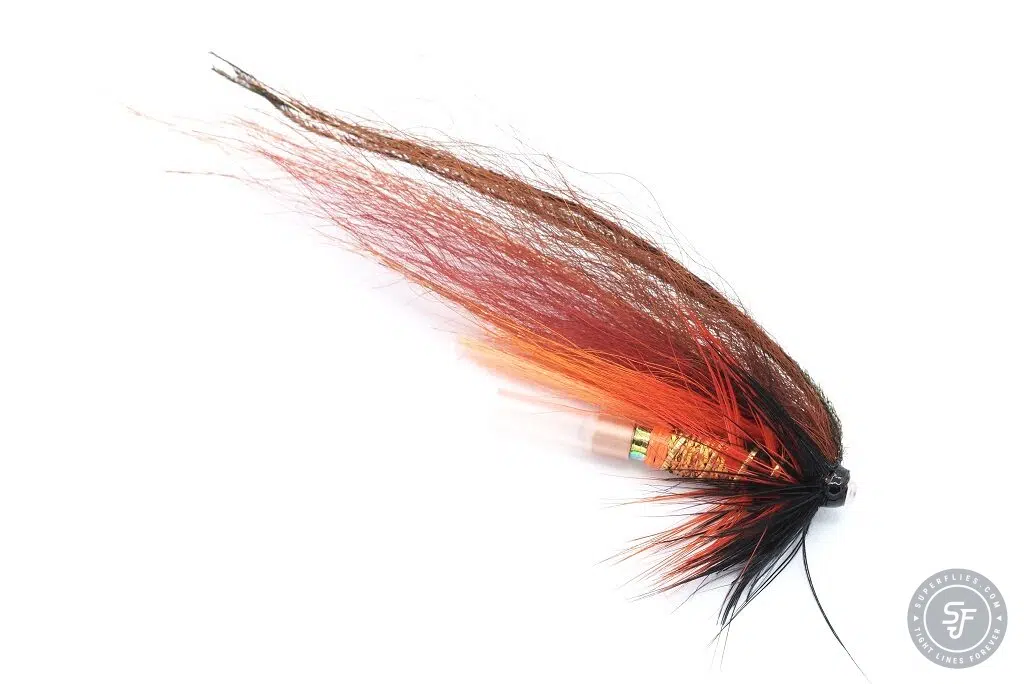
I carry them in different sizes and weights, but rarely use other flies. Not because they wouldn’t work, but because I’ve caught fish with them before and have confidence in them,” Aslak explains. “In fact, I fished a full season using nothing else but a Willie Gunn and caught just as much fish as during any other year. For me, that proves that it is not that essential to have a huge selection of different fly patterns in Baltic salmon fishing. Just the flies you believe in, but have those in a variety of different sizes and weights. I have the same philosophy with other gear. For example, I use a floating line with a sink3 tip in almost all conditions instead of refining my setup for each condition.”
Aslak prefers having some kind of weight in his Baltic salmon flies – either coneheads or weighted, copper and brass tubes. He also has a few rules of thumb for selecting which one of those trusted fly patterns he chooses. “In the early season and high water, I use big flies, which in my case means 10-12 cm versions of those 5 flies. Later I downsize to 4-8 cm length,” he says. “I sometimes follow classic guidance like bright colors for bright conditions, contrast flies for cloudy weather and so on. But as said, I really don’t believe the exact color and model are that critical. When you fish huge rivers, your fly will quite seldom pass in front of a fish and they see much less flies than in smaller rivers. That’s why I think that in most cases they will take almost any fly if they do see them.”

Seems rather straightforward. But what about the remaining 2% of the time?
“There are sometimes what I call special situations, for which I do have a couple of tricks up my sleeve. If I have already tried a couple of runs with my standard flies on a beat where the fish do see more flies, and myself or nobody else has had any takes, I turn to my special flies department. This can mean downsizing even further, up to using tiny 2cm tubes (like micro templedog coneheads), Pearl Sunrays or a Red Frances. I fish Sunrays with speed close to the surface, while Frances is effective for going deep,” Aslak reveals. “My experience is that while the fishing itself can be quite different in other Swedish Baltic salmon rivers than Torne and Lainio, the same flies do work in all of them.”
So should our readers now just order a set of these Baltic salmon flies, book a week at Kengis Bruk or some other river, and start expecting one of those over 15 kg Baltic monsters?
“There will be magical times, like in 2019 when we caught 30 fish in a week, including my 116 cm personal best, which was the smallest of our ‘Top 5’. But there will most definitely also be weeks when you blank, no matter what flies you use and how much effort you put in. So my advice is yes, you should definitely come for the chance to catch a strong, big Baltic salmon, but come equally prepared to enjoy the moment and everything around you if it turns out to be a challenging week. For me, the real magic is in where you fish, and who you fish with.”
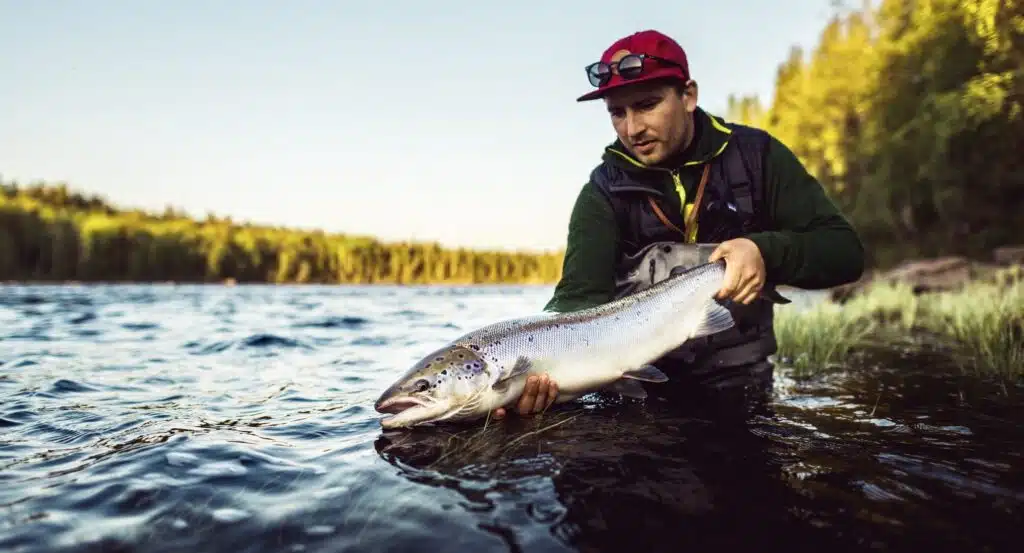
If you are interested in using these fly models, we’ve put together Aslak’s early season favorites and Aslak’s Summer Flies for Torne River into easy-to-order selections based on this article.